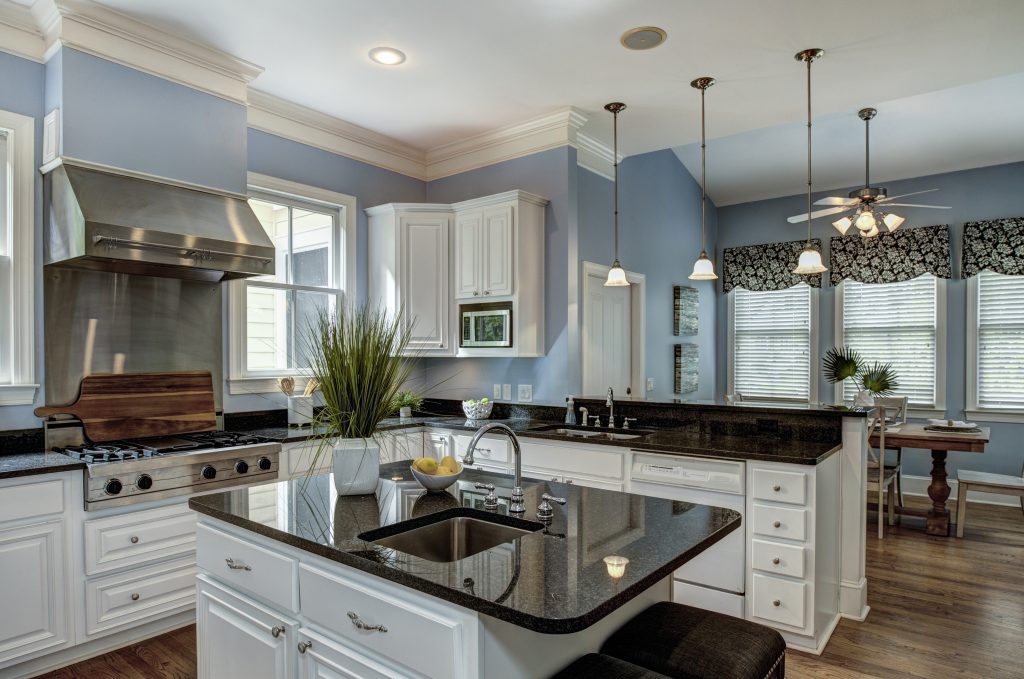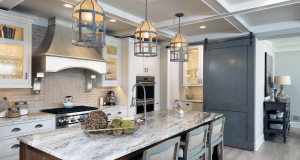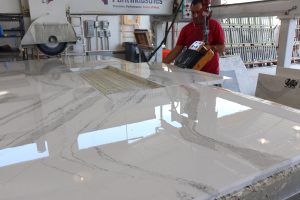Why do I need to seal a granite countertop?

Sealing the counterop
Granite countertops typically need to be resealed every 1-3 years, depending on the level of use and the type of sealer that was applied initially. Factors that can affect the frequency of resealing include the porosity of the granite, the type of sealer that was used, and the amount of use the countertop receives.
When thinking about the level of use in relation to resealing granite countertops, it refers to the amount of activity and exposure that the countertop receives daily.
Countertops in high-use areas such as the kitchen, for example, will be exposed to more wear and tear than countertops in less frequently used areas, such as a guest bathroom. The kitchen countertops are more likely to be exposed to spills, stains, and acidic substances like lemon juice and vinegar, which can break down the sealer over time. Also, kitchen countertops are more likely to be exposed to heat from hot pans and cooking oils, which can also cause the sealer to break down more quickly.
On the other hand, countertops in low-use areas like a guest bathroom may not be exposed to as many spills or stains and may not be exposed to as much heat. Therefore, they may not need to be resealed as often.
It’s important to note that even if a granite countertop is located in a low-use area, it should still be resealed regularly to ensure the countertop is protected and to maintain its appearance.
Determining if your granite countertop needs to be resealed
A granite countertop that is used frequently in a kitchen, for example, may need to be resealed more often than a countertop in a bathroom that is used less frequently. To determine if your granite countertop needs to be resealed, you can perform a water test. To perform the test, you will need a clean, dry countertop and a few drops of water. Here are the steps to perform the test:
- Clean the countertop thoroughly to remove any dirt or debris.
- Allow the countertop to dry completely.
- Place a few drops of water on the surface of the granite in an inconspicuous area, such as a corner or near the sink.
- Observe the water droplets for 15-30 minutes.
- If the water beads up and sits on top of the surface, the granite is still sealed and does not need to be resealed. The sealer is still protecting the granite from water penetration.
- If the water droplets are absorbed into the granite, it means the sealer is wearing off and the granite is becoming porous. It’s time to reseal the countertop to prevent staining and damage.
- This test should be done on an inconspicuous area to avoid visible water marks, and also should be done in an area where the countertop is not exposed to direct sunlight or heat because these elements can affect the result of the test.
This test should be done on an inconspicuous area to avoid visible water marks, and also should be done in an area where the countertop is not exposed to direct sunlight or heat because these elements can affect the result of the test.





